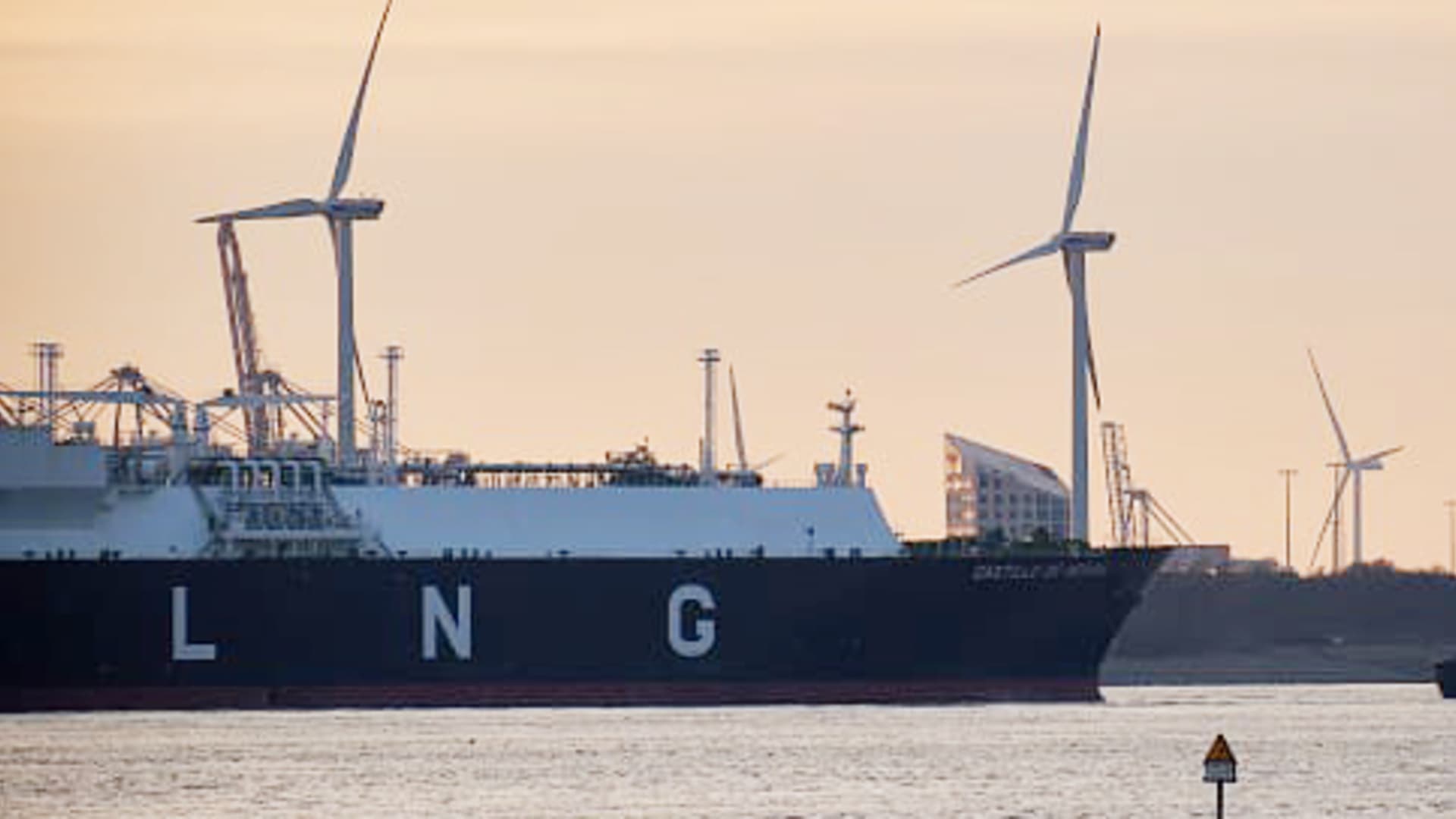- President Donald Trump is pushing for countries to purchase more U.S. energy to reduce their trade surpluses and potentially avoid higher tariffs.
- Treasury Secretary Scott Bessent has pointed to a potential investment by Asian allies in a major LNG project as an example of what the White House is seeking.
President Donald Trump has opened a potential pathway for trade partners to avoid higher tariffs — buy more energy from the U.S.
Trump paused “reciprocal” tariffs on countries except China on Wednesday in an attempt to pull back from a full-blown global trade war. Most nations now face a base tariff rate of 10% and have a three-month period to negotiate bilateral deals with the U.S. to avoid higher duties on their goods.
Trump says he wants to slash the U.S. trade deficit and achieve what he calls “energy dominance.” He linked those two goals Monday, demanding that the European Union buy $350 billion of American energy to erase its trade surplus with the U.S. The U.S. Trade Representative said the U.S. had a goods trade deficit of $235.6 billion with the EU in 2024.
“They’re going to have to buy our energy from us, because they need it,” Trump told reporters at the White House. “We can knock off $350 billion in one week,” the president said. The European Union faces a 20% tariff rate if it does not reach a deal with Trump.
The U.S. is the largest oil and gas producer in the world. It is the third largest crude exporter and the largest liquified natural gas exporter in the world. Energy represented about 15% of total U.S. exports in 2024, according to research from Barclays.
LNG is “the commodity where there’s room for countries to increase their energy imports from the US,” Barclays analysts led by Betty Jiang told clients in a Tuesday note.
Alaska LNG project
Treasury Secretary Scott Bessent told CNBC on Tuesday that a potential investment by Japan, South Korea and Taiwan in a flagship LNG project in Alaska could form the basis of a deal with those countries. They would provide financing for the project and also purchase a significant amount of LNG from it, Bessent said.
“That could be an alternative for them to come forward with that because not only would that provide a lot of American jobs, but it would narrow the trade deficit,” the Treasury Secretary said. Japan faces a 24% tariff rate and South Korea faces 25% rate if they don’t clinch deals with U.S.
Trump has sought to boost U.S. LNG exports since taking office, with a focus on developing Alaska’s resources. He issued an executive order on his first day in office prioritizing LNG development in the state and singled out the Alaska LNG project in his address to Congress in March.
The proposed Alaska LNG project would transport natural gas from the state’s North Slope through an 807-mile pipeline south to a liquefaction facility at Nikiski on the Cook Inlet for export to Asia. It would cost more than $40 billion to complete, according to a 2018 estimate from one of the developers, Alaska Gasline Development.
Interior Secretary Doug Burgum told a conference in Houston last month that the Trump administration views the project as a crucial to U.S. energy security and independence.
The European Union, Japan and South Korea are already major purchasers of U.S. LNG. The EU purchased 39% of U.S. LNG exports in 2024, followed by Japan at 7%, South Korea at 6% and India at 5%, Barclays said.








